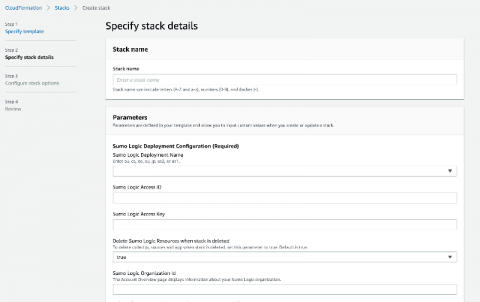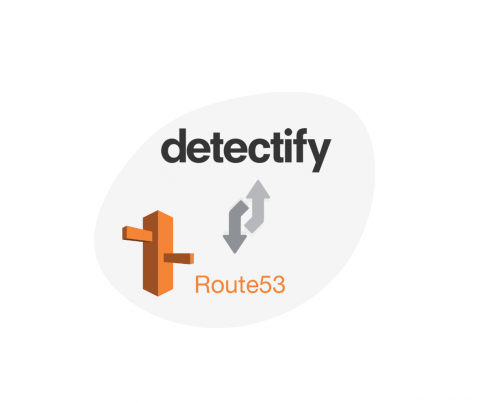Moving to the Cloud: Motivations Behind the Migration
Consider how many times a day you check your mobile phone, smartwatch, smart TV, and/or other connected devices. How normal does it seem to be reaching out to an external source, not actually sure where this information is stored, or even coming from, but that it’s there, accessible and ready to be taken in? Organizations wishing to migrate to a third-party cloud solution (‘the cloud’) need to understand this point well.




